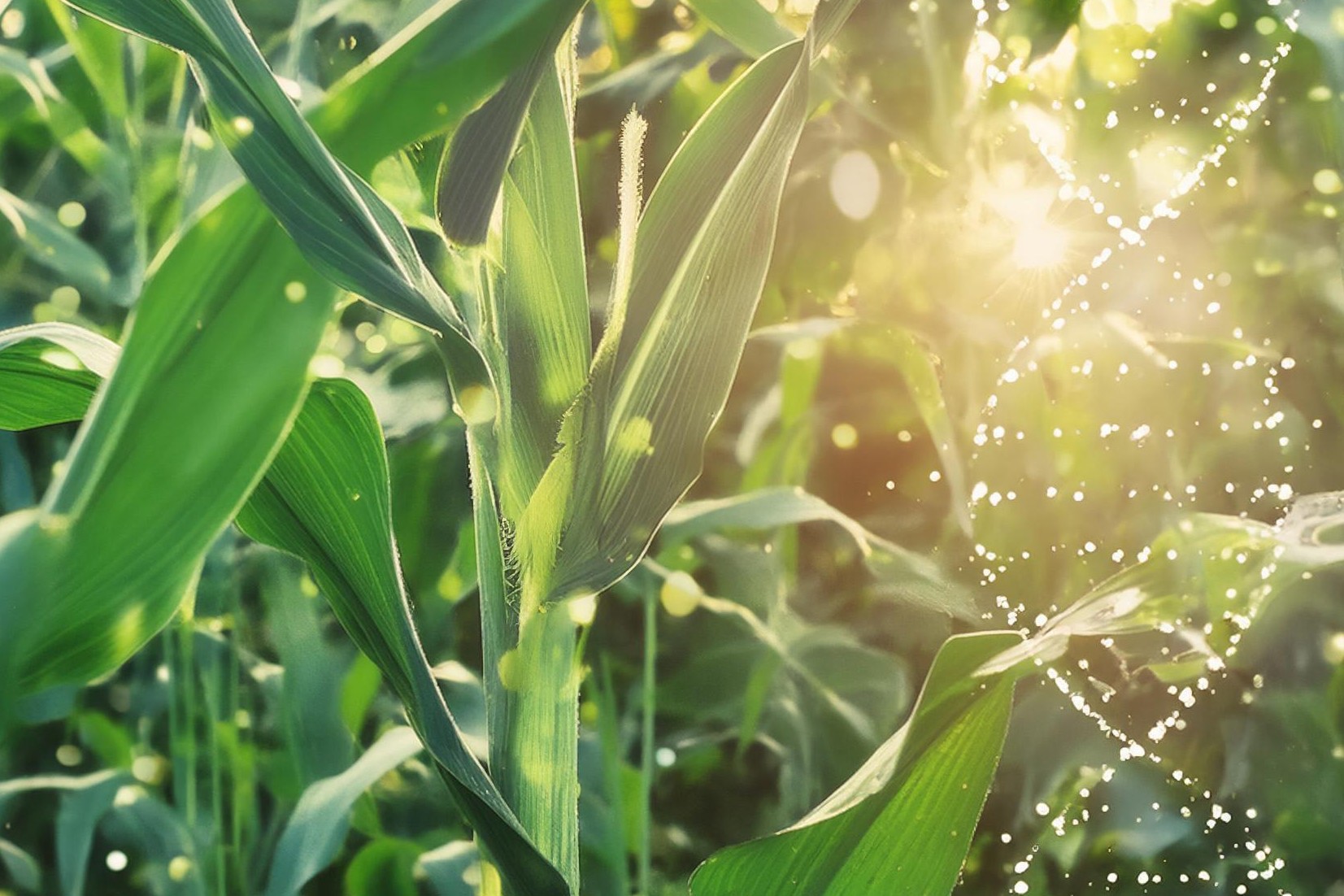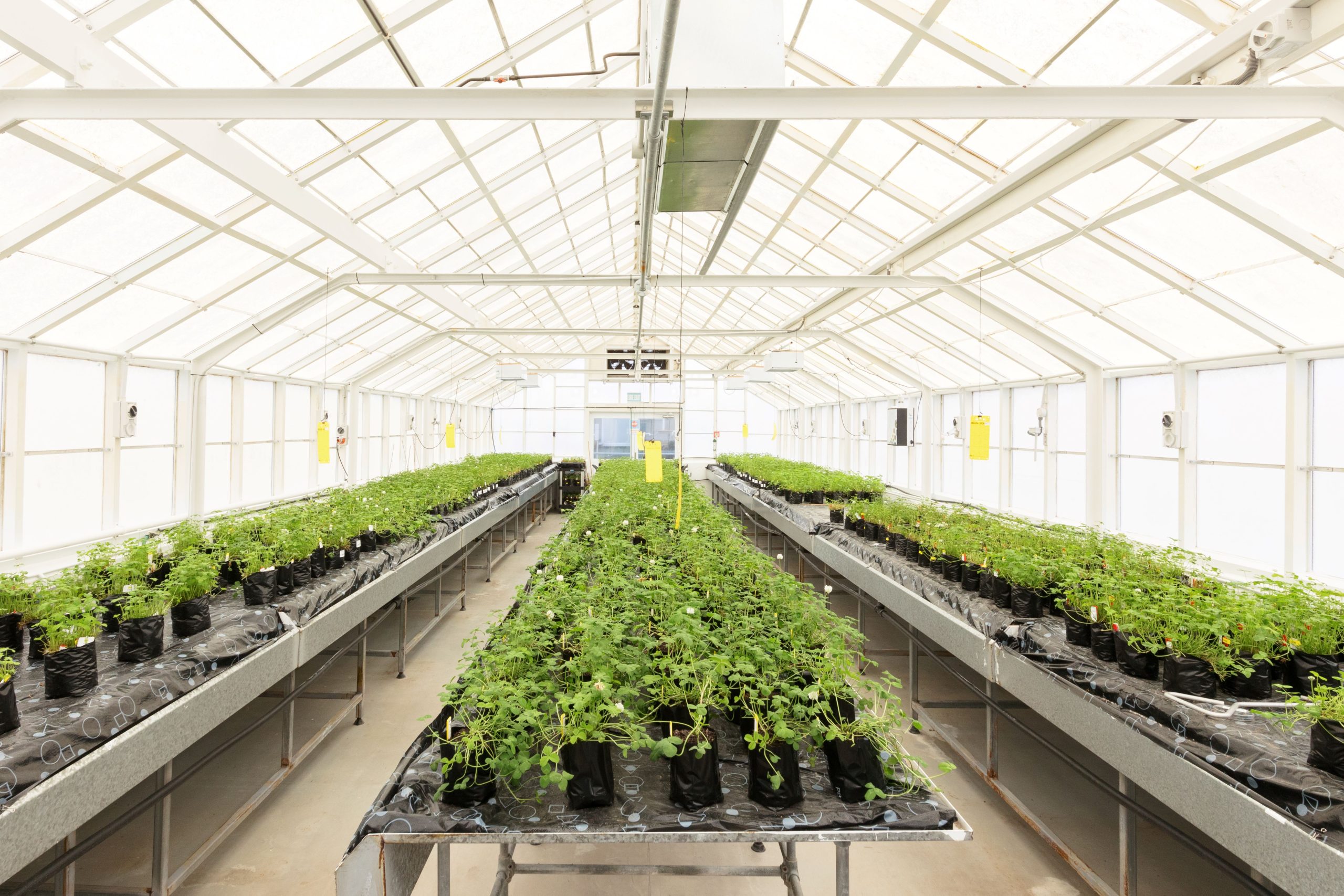Camels rounded up from Australia’s outback feral herds are providing a novel source of alternative milk. Anne Lee reports.
Irrigation not that reliable? Hot dry summers becoming a problem?
Here’s an alternative, but you might need a few modifications to the dairy.
How about milking camels? Yes, it’s a thing – in Australia anyway.
Camel milking is a growing industry across the Tasman with the low fat, bright, white milk retailing about $20/litre.
Paul Martin is the chief executive and founder of Summer Land Camels, Australia’s largest camel dairy farming operation just 45 minutes southwest of Brisbane, inland from the Gold Coast in the Scenic Rim area.
It’s one of an increasing number of camel dairies dotted all over the country.
What started out as an interest in how to use feral camels in a regenerative farming system has snowballed into a farming operation and development of a sector that now offers high-value cheeses, milk, gelato, a skincare range, milk powder and …. vodka.
Yes, camel vodka, made from the whey by-product of cheese making.
But that’s not all, Paul says they’ve aged some of the distilled alcohol in barrels and camel whiskey is likely to be added to their diverse range of products.
While that’s a novel product, research at universities in Melbourne and Queensland into the health properties of camel milk is also coming up with exciting results and supporting the value of more traditional camel dairy products, he says.
The milk is better tolerated by those unable to drink cows’ milk, particularly those with gut and skin issues, Paul says.
Compared with cows’ milk, camel milk has:-
- low levels of lactose and LDL cholesterol
- only A2 casein
- no beta-lactoglobulin
- is naturally homogenised
- 10 times more iron
- three times more vitamin C
- up to 10 times more highly valued lactoferrin.
Most recently it’s been found to have properties that provide insulin-like effects.
“It’s a product that’s really got the scientists excited,” Paul says.
Camels have almost become the Australian version of the possum in New Zealand for those living in the outback.
They were imported as a means of outback transport in the 1800s, but were turned loose with the advent of road transport.
Numbers of the hardy, humped, 400-600kg creatures have exploded to more than a million and they wreak havoc with ecosystems and outback station fences.
Instead of culling, Paul saw value in harnessing the animals’ hardiness and says there’s huge untapped potential in the high-value milk.
He brings in camels from the bush and has set up a “holding farm” in Northern Queensland where he can then bring in pregnant females for the dairy operation.
Currently at Harrisville, not far from Brisbane, they’re about to set up a larger milking operation on the other side of the Great Dividing Range.
Camel milking has been carried out for centuries in the Middle East but it’s still been a “bit of a learning curve” for Paul and his team.
The milk may be rich in beneficial components but there’s a lot less of it compared with the daily volumes from cows.
“The most we’ve seen is 14 litres from one camel milked twice-a-day, but we’re generally looking at 5-8l/day/camel on twice-a-day and anywhere between 1.5-4l/camel/day on once-a-day (OAD).”
At Summer Land Camels they run about 400 camels and milk about 90 year-round OAD to balance production with product volumes and to enable a quick lift in production as new products and markets are developed.
It takes four years for a female camel to become sexually mature, which is why bringing in pregnant females from the feral population makes sense.
“We do have a breeding programme running alongside that and we have our own heifers in our milking herd now but for the foreseeable future we’ll be largely using the feral females.”
Camels are named similarly to cattle – female adults are cows, males are bulls, young are calves.
Females are grouped together in similar calving date groups and the calves remain on their mums for the duration of the cows’ lactation which can be anywhere from one to two years.
Calf weaning and cow lactation length are tied together – the cows tend to dry up once the calves stop feeding.
Lactating camels have high oxytocin levels and they won’t get in-calf until they’re no longer milking.
“So, we have groups of cows who are lactating and groups of cows who are gestating – it’s not like the dairy sector where you can milk pregnant cows.”
Camels are pregnant for 12 to 14 months and, at Summer Land Camels, they aren’t milked until the calves are about four to six weeks old.
The process of training them for the milking parlour starts before they calve, in a smaller unit near the main 10-bail dairy.
“We get them used to being handled, used to the noise,” cameleer Ben Ryan says.
When the calves are about four weeks old, they too start to be trained, ready for the overnight separation from mum so she can be milked.
“We draft them off for a couple of hours through the day to get used to being away from mum although they can always see each other,” he says.
Contrary to popular belief camels aren’t typically bad-tempered although, when it comes to the males, all but the bulls used for mating are castrated.
“They’re actually very affectionate and gentle – like big Labradors, they want to get a scratch and be close to you,” he says.
Once they’re ready to start being milked the calves are separated from their mums in the afternoon but can see them at all times.
The cows are milked about 6.30am with lots of attention paid to stimulating let down.
They’re then reunited with their calves.
Calves are fed calf muesli, hay and start drinking water from day one.
Cows are fed pellets in the dairy and eat about 2.5-3% of their body weight per day in silages made from a variety of crops grown on the 344-hectare farm as well as grazed pasture.
Paul says there’s been no real research done on increasing milk production through feeding and typically camels will transfer any excess feed to fat reserves in their hump.
Body condition scoring a camel can be done at a glance – the bigger the hump the bigger the fat reserves.
While they’re ruminants their rumens are adapted to pull as much water out of feed as they can and they’re well suited to breaking down lignin and woody material.
“They’re browsers rather than grazers and in their natural state they seek out a wide variety of plants.”
Summer Land Camels can have 1000 visitors a week with a homestead café and shop selling the full range of camel products, from the popular Persian feta cheese – which is also exported to the United States – to flavoured milk drinks, camelccinos, the skin care products and even camel meats.
Camel rides and farm tours are extremely popular with young and old.
As well as the whiskey, products may soon also include infant formula because of its high nutritional value and ability to be tolerated by those with dairy allergies.
“There’s a lot of potential with these animals. We’re discovering new benefits from their milk all the time and they’re well adapted to face climate change.”





